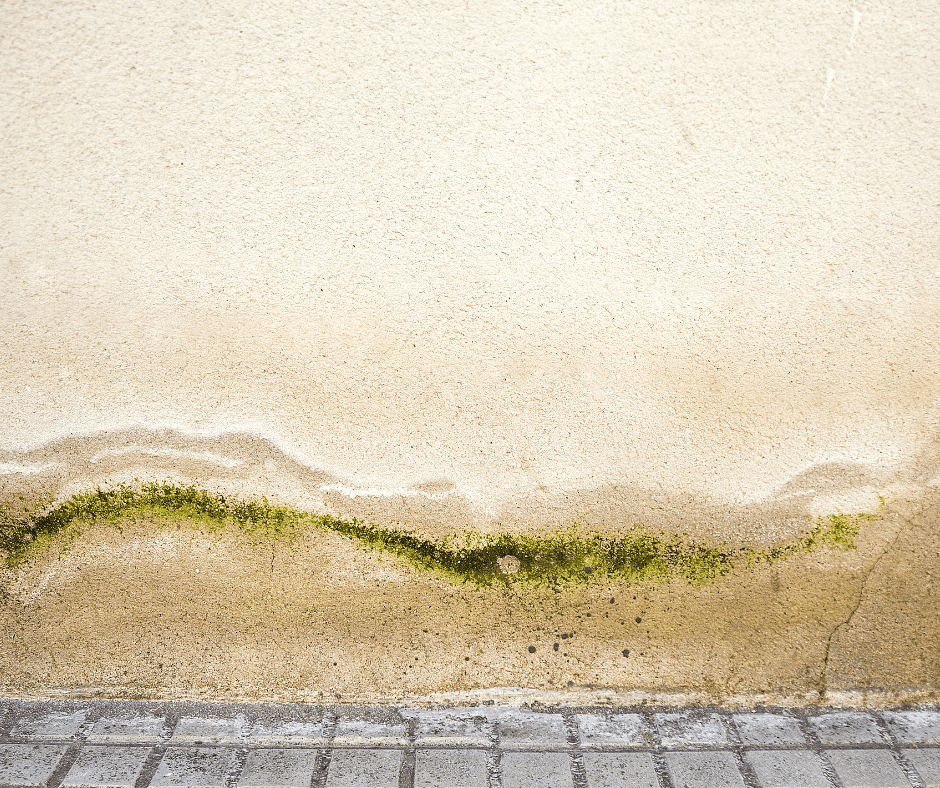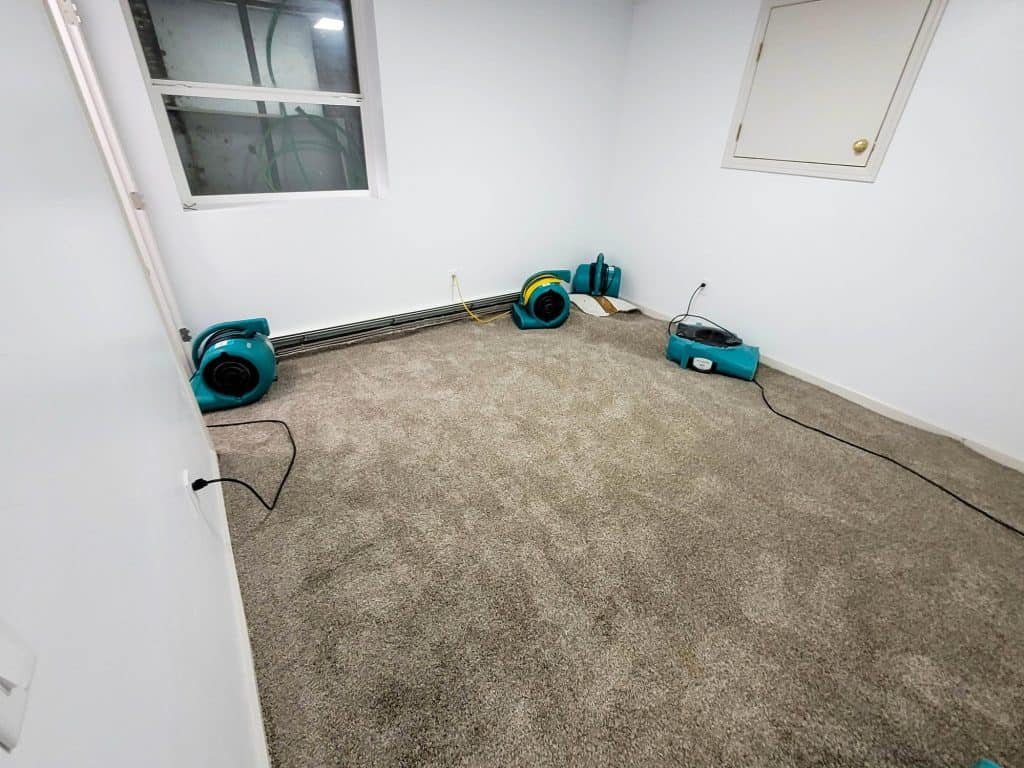What Happens If Water Damage is Left Untreated?
Water is one of our planet’s most valuable resources. It sustains life, keeps us hydrated, and nourishes crops. However, when water enters our homes or workplaces through floods, leaks, or whichever means, it can quickly become a nightmare, inflicting severe damage on your property and health if left untreated.
Moreover, fixing water damage can prove costly, with property owners spending millions of dollars on fixing water damage every year. It’s estimated that just an inch of standing water requires at least $4000 to remove. And according to the Insurance Information Institute, one in 50 insured houses files a water damage claim every year.
In this post, we’ll look at what happens when water damage goes untreated and the importance of addressing it as soon as possible.
Content Table:
- Timeframe for Water Damage
- The Severity of Water Damage
- What to Do About Water Damage
So, buckle up, and let’s get right into it!

Timeframe for Water Damage
It can take from a few hours to just a few minutes of water exposure for damage to occur. However, the severity of the damage is determined by several factors—the duration of exposure, the volume of water, and the type of water. For instance, dirty water from sewage will likely inflict more damage than clean water from a broken pipe.
But irrespective of the water type, allowing water to sit for an extended period could bring about significant damage. It could leak into floors, walls, and ceilings, causing mold growth and structural issues. Sometimes, the damage could worsen, leading to fires, electrical hazards, and other safety concerns.
Addressing water damage as early as possible is critical to avoid subsequent health risks and limit the damage extent. Our experts can assess the issue, remove the water, and restore the damaged sections if necessary.
How Quickly Does Mold Grow After Water Damage?
Mold may form within 24 to 48 hours of exposure to water damage. And with mold spores being virtually everywhere in our surroundings, they can stick to surfaces in your residence or workplace. They do, however, need moisture to thrive. So, water infiltrating a structure simply means the ideal habitat for mold to thrive.
It’s no secret that mold can bring about significant health issues, particularly for those with asthma, allergies, or a weak immune system. Mold exposure can cause symptoms such as skin irritation, wheezing, and coughing. Even worse, it could encourage infections and other severe respiratory problems.
The Severity of Water Damage
The severity of water damage may vary based on the volume of the water, the source, and how long it has been in contact with surfaces. Damage from a freshwater source, such as a leaky pipe, may seem trivial initially. But if left untreated, it might escalate to a more severe stage, such as when the water seeps into porous materials leading to mold growth.
On the contrary, water damage from a flooding disaster or sewage overflow can prove far more severe, necessitating specialized restoration and cleanup, not to mention health hazards it can bring on with itself.
Signs of Serious Water Damage
- Structural damage: Water left untreated for a lengthy period can compromise the building’s structural integrity, creating fissures and potentially even causing foundation to shift.
- Mold growth: As mentioned earlier, untreated water damage can provide optimal conditions for mold growth. This can be harmful to your health and must be resolved promptly. If its not at first clearly visible on the surface, musty odors are usually a clear sign of mold.
- Discoloration: Water damage can be identified through bubbling, discoloration, or stains on the ceilings or walls.
- Buckled or swollen floors: Water damage can cause buckling or swelling of wood floors. This may require floor replacement.
- Drooping or sagging ceilings: Water accumulation in the ceiling can make the ceiling droop or sag.
Dangers of Water Damage
Water damage can have dire implications on residential and commercial properties alike, not to mention the health of those who reside in them. To further elaborate, water damage:
- Ruins Ceilings and Walls
Even with multiple layers of wall paint, water can still seep through and degrade sheetrock in ceilings and walls, causing them to crack, swell, and become mold-infested.
- Compromises Your Electrical Systems
Exposure of your electrical wiring, fuse boxes, or outlets to water can pose a grave risk to your family’s and property’s safety. Rather than addressing flood damage, you may find yourself having to deal with a deadly fire hazard.
Always employ an expert to inspect every electrical system that has come into contact with water. And remember to avoid using your lights or electrical outlets until a technician arrives.
- Cripples Your Home’s Structural Integrity
Water damage can jeopardize a house’s structural integrity by compromising the floors, walls, and ceilings, causing foundation damage and rot in materials such as wood.
- Poses Serious Health Risks
Floodwaters can include harmful bacteria which can make your family or employees sick. It could also bear other contaminants, such as toxic waste, chemical pollutants, etc., which could make your property smell terrible and pose serious health risks.
- Decreases the Value of Your Home
Water damage can cause a significant mold problem. Mold stains can be hard to paint over or cover up, and an appraiser will likely notice them during an inspection. This might lower your property’s value and render it harder to sell.
Your Go-To Business for Water Damage Restoration in Las Vegas, Nevada
Dealing with water damage can prove to be a stressful and terrible experience for any property owner or manager. However, its effects can be mitigated by taking immediate action.
How to deal with water damage? Calling a specialist is always the best choice! Our team of experts at Precise Water Damage Restoration of Las Vegas is ready 24/7 if you need help with water extraction, decontamination, structural repair and drying, odor removal, and other restoration services. So, contact us today for your emergency damage restoration needs in Las Vegas, Nevada.
The post <strong>What Happens If Water Damage is Left Untreated?</strong> appeared first on Water Damage Restoration Las Vegas NV.
source https://waterdamage-lasvegasnv.com/what-happens-if-water-damage-is-left-untreated/



